J & G Meakin England Classic White Nordic pattern: 51,000 ppm Lead (90 ppm & up is unsafe for kids) & 23 ppm Mercury.

 Full XRF test results for the vintage J & G Meakin England Classic White Nordic pattern saucer (pictured here) are below.
Full XRF test results for the vintage J & G Meakin England Classic White Nordic pattern saucer (pictured here) are below.
These dishes should not be considered safe for food use (given both the age of the china and the extremely high Lead levels on the food surface.) The trace (low) levels of Mercury on the food surface are also concerning. If you look closely at the images (the first image above is the best example and you can click on it to see an enlarged version of the image) you can also see cracking and “crazing” of the surface glaze which in this case is indicative of wear and usage at a level that most likely mean the dish is leaching Lead when used with food. While using these dishes with food at any time would not be prudent, it would be especially dangerous when these dishes are used with acidic and/or hot foods: coffee/tea, alcohol, vinegar (salad dressing), lemon juice, tomato sauce, etc. . You can read more about the concern for Lead in vintage dishware (and the potential for leaching / the lack of regulatory standards, etc.) at this link.
Reading #1) Food surface of dish – white center area
60-second test
- Lead (Pb): 51,000 +/- 500 ppm
- Cadmium (Cd): non-detect
- Mercury (Hg): 23 +/- 13 ppm
- Bromine (Br): non-detect
- Chromium (Cr): non-detect
- Iron (Fe): 773 +/- 54 ppm
- Copper (Cu): 93 +/- 14 ppm
- Zinc (Zn): 195 +/- 12 ppm
- Barium (Ba): 1,439 +/- 35 ppm
- Platinum (Pt): 114 +/- 50 ppm
- No other metals detected in consumer goods mode.
Reading #2) Food surface of dish – blue area of design
30-second test
- Lead (Pb): 32,700 +/- 500 ppm
- Cadmium (Cd): non-detect
- Mercury (Hg): non-detect
- Bromine (Br): non-detect
- Chromium (Cr): non-detect
- Iron (Fe): 1,106 +/- 86 ppm
- Cobalt (Co): 7,397 +/- 175 ppm
- Copper (Cu): 89 +/- 20 ppm
- Zinc (Zn): 1,019 +/- 36 ppm
- Tin (Sn): 12 +/- 7 ppm
- Barium (Ba): 1,325 +/- 44 ppm
- Platinum (Pt): 162 +/- 60 ppm
- No other metals detected in consumer goods mode.
For those new to this website:
Tamara Rubin is a Federal-award-winning independent advocate for consumer goods safety and a documentary filmmaker. She is also a mother of Lead-poisoned children. Tamara’s sons were acutely Lead-poisoned in August of 2005. She began testing consumer goods for toxicants in 2009 and was the parent-advocate responsible for finding Lead in the popular fidget spinner toys in 2017. Tamara uses XRF testing (a scientific method used by the U.S. Consumer Product Safety Commission) to test consumer goods for toxicants (specifically heavy metals), including Lead, Cadmium, Mercury, Antimony and Arsenic. All test results reported on this website are science-based, accurate and replicable. Items are tested multiple times to confirm the test results for each component tested. Please click through to this link to learn more about the testing methodology used for the test results discussed and reported on this website.

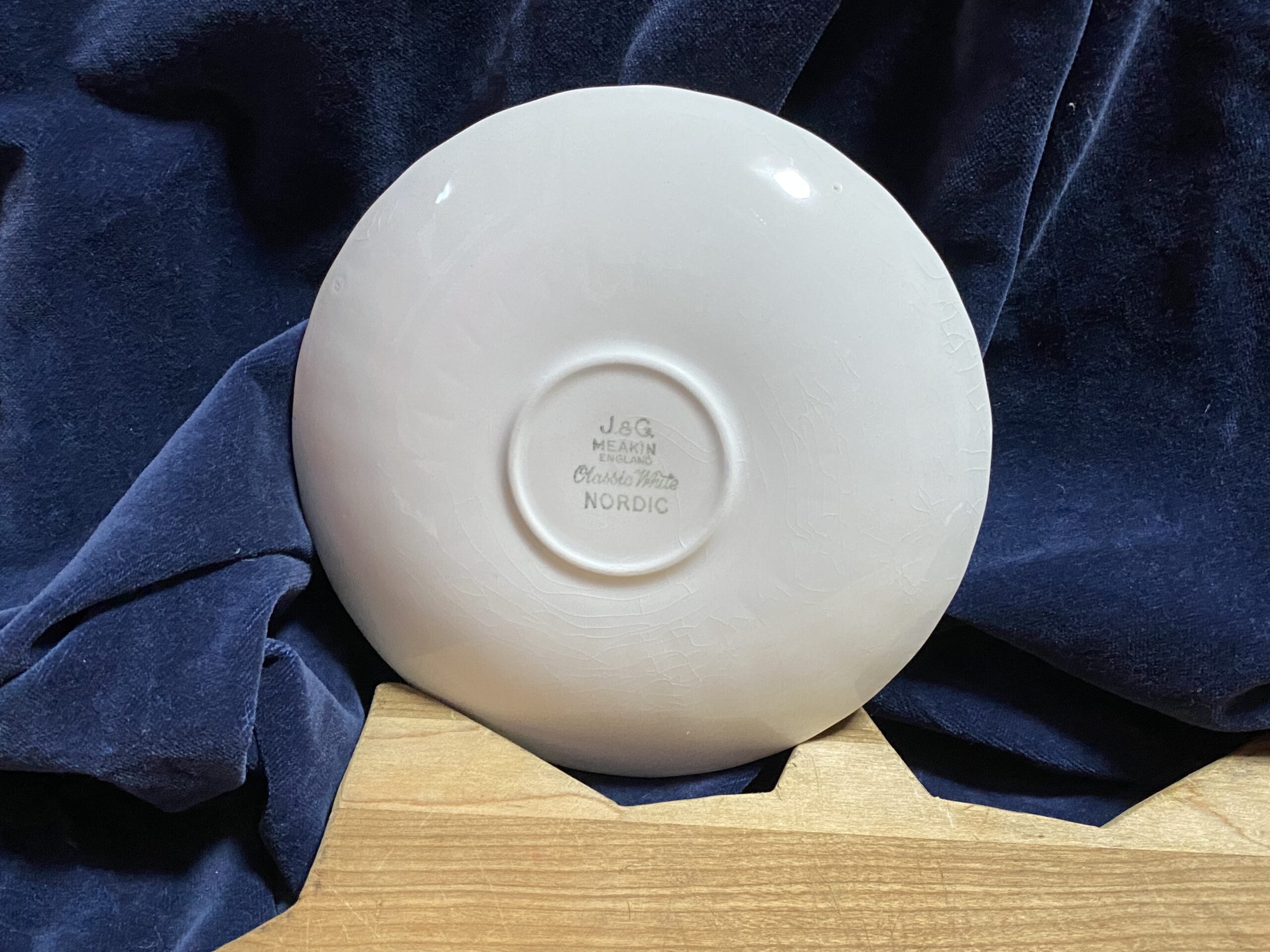
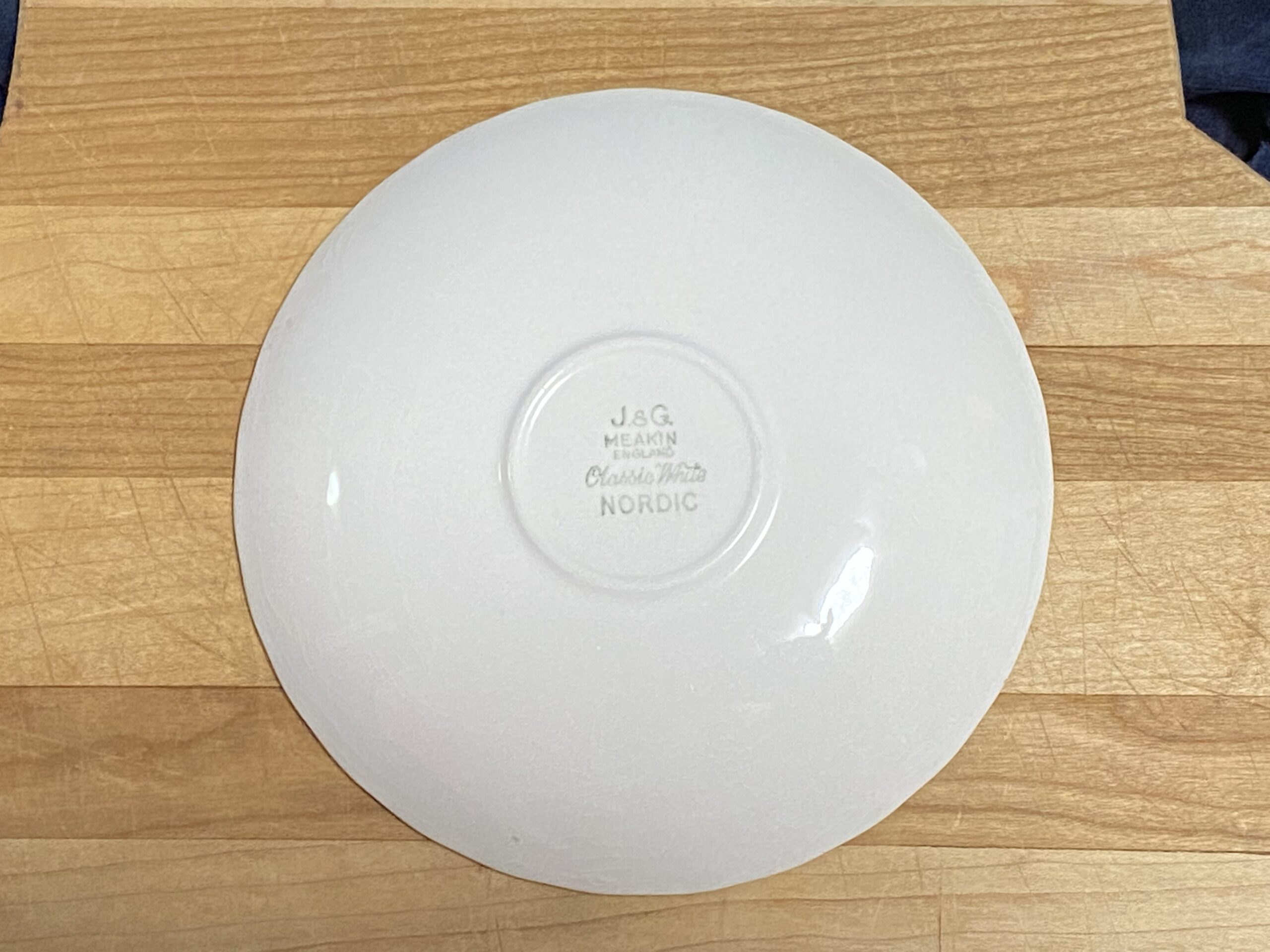
Never Miss an Important Article Again!
Join our Email List


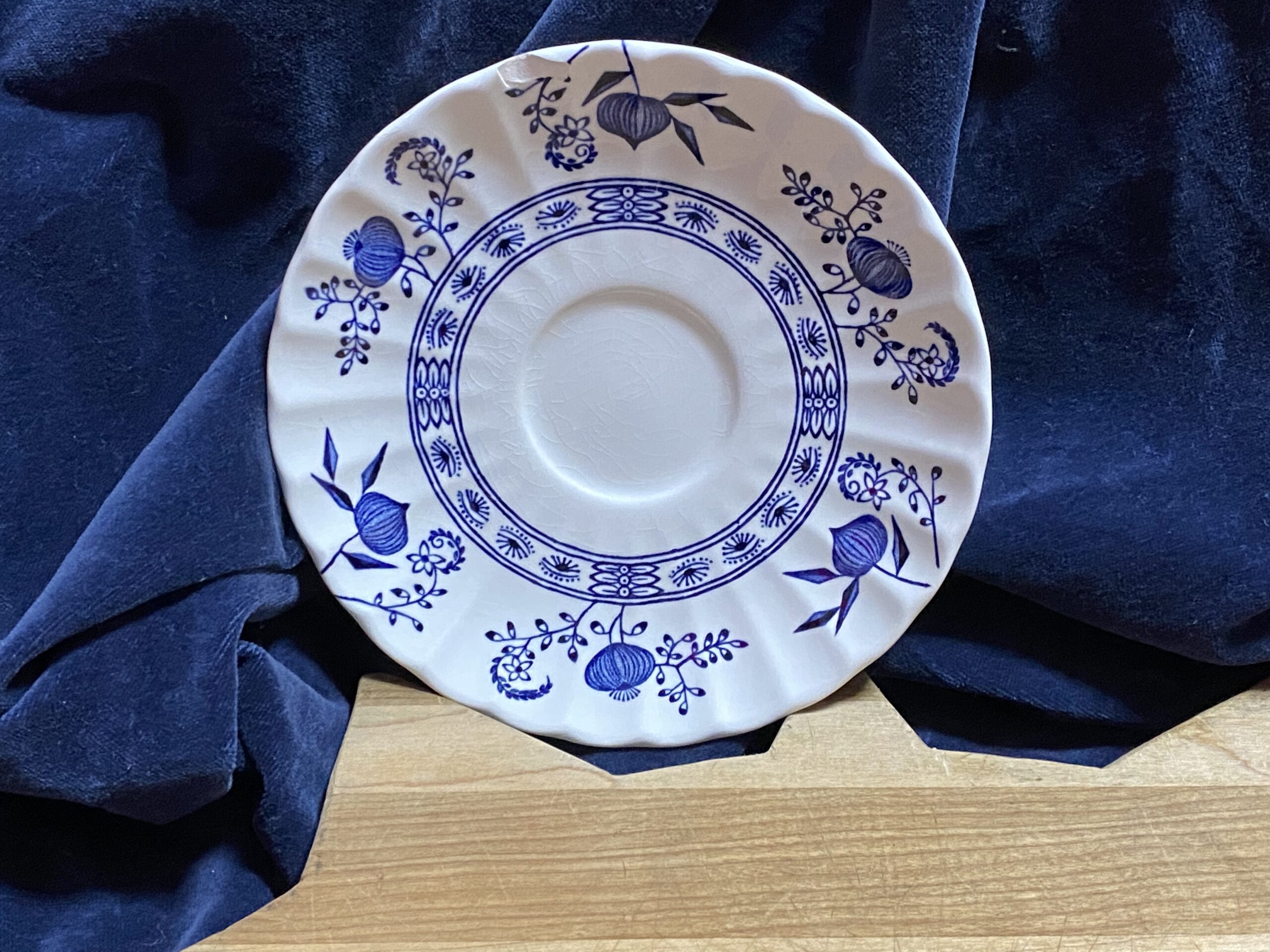
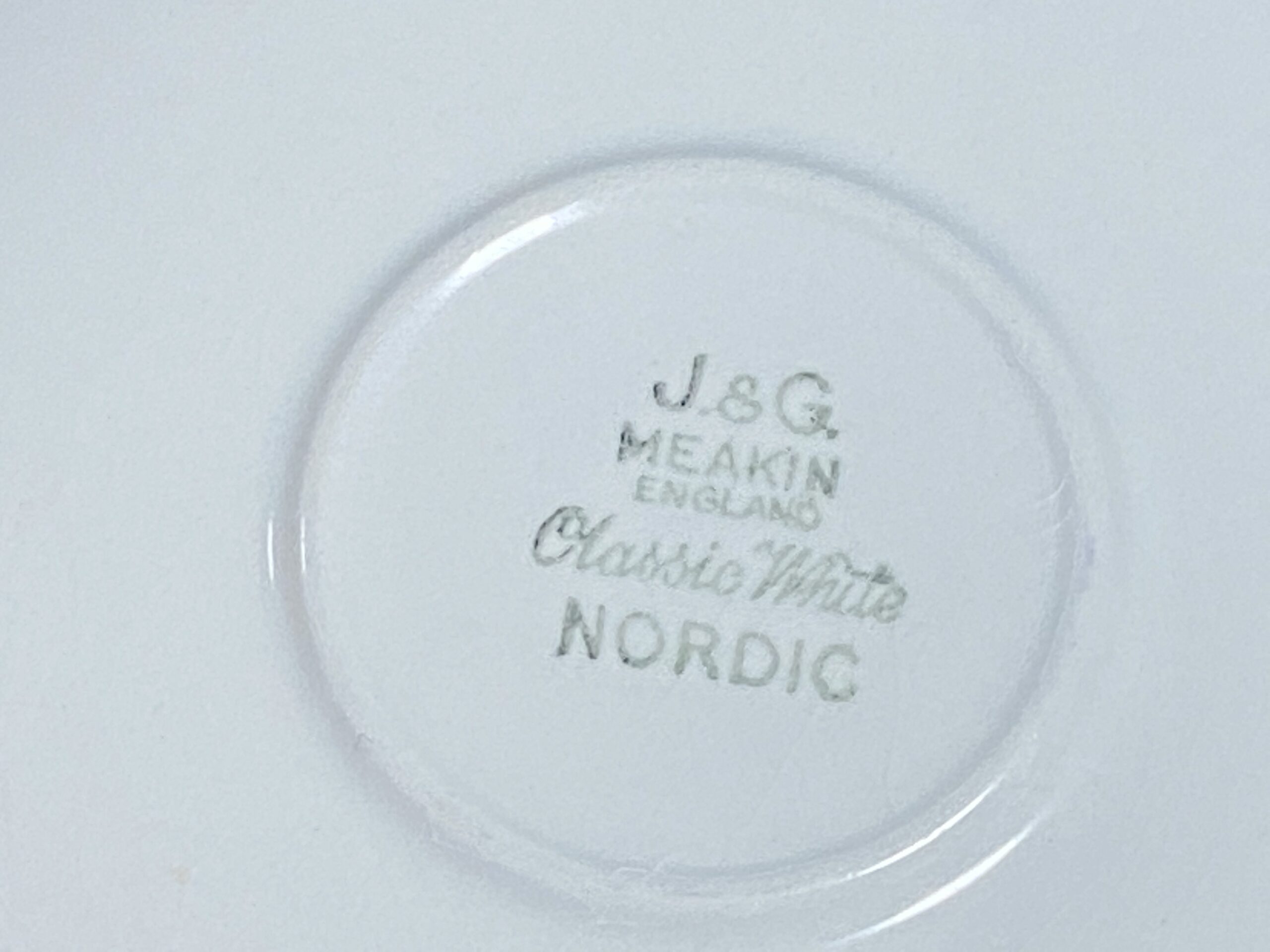
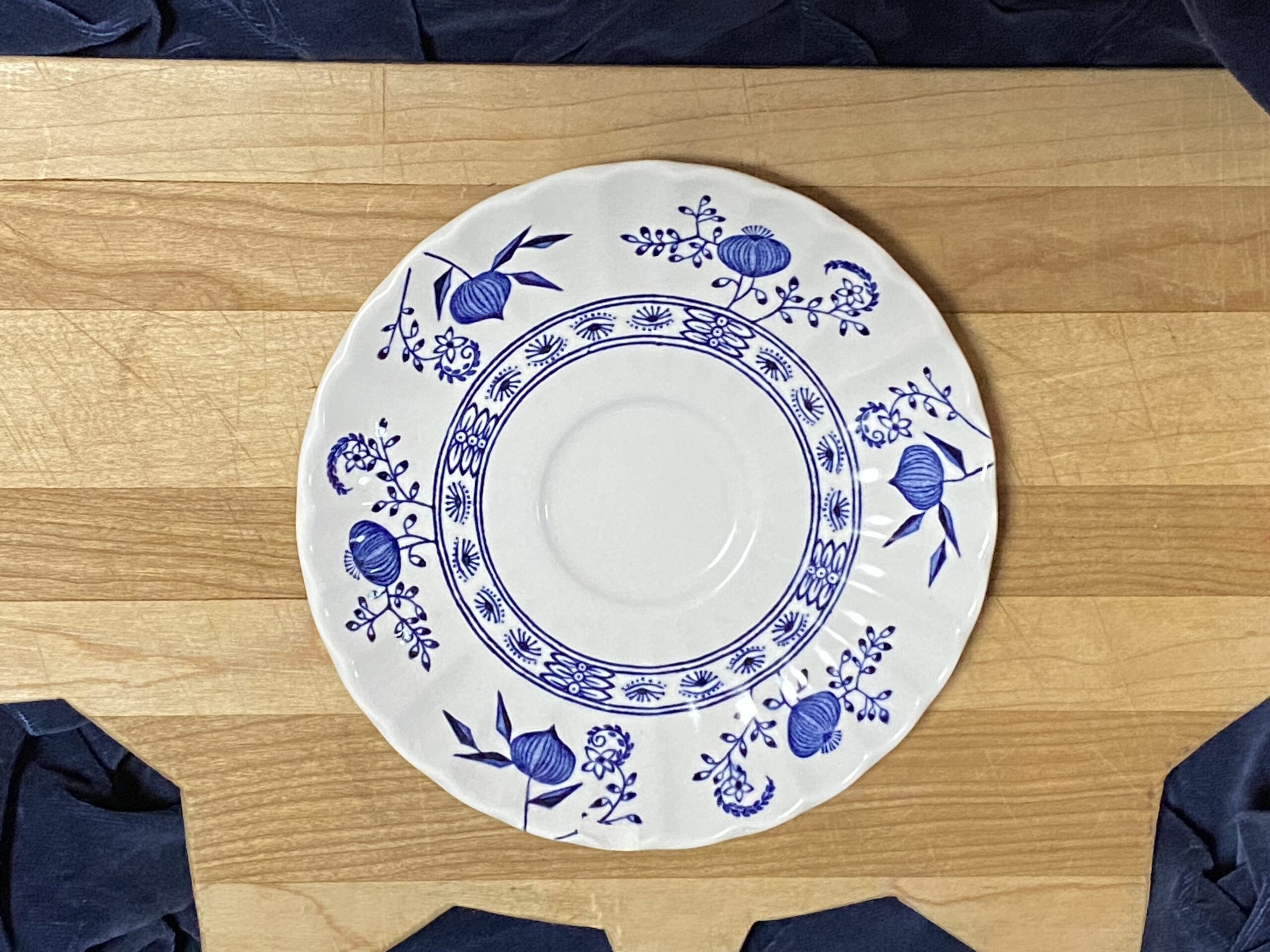

Tamara, I have a set of dinnerware that’s made by J&G Meakin but is labeled «English Ironstone Dishwasher Safe » $ the design is Romantic England in pink. It might have been made after 1971 but I’m not sure as it was collected over the years by my aunt (now deceased). I don’t see testing for this particular vintage or design by Meakin.
Can I send you a sample to test? The set only has mild sentimental value but I’d like to know if it’s toxic before giving it away. Thank you.
Hi Kathe – here’s the post that discusses sending something in for testing:
https://tamararubin.com/2019/08/tamara-can-i-send-you-one-of-my-dishes-to-test-for-lead/
Tamara